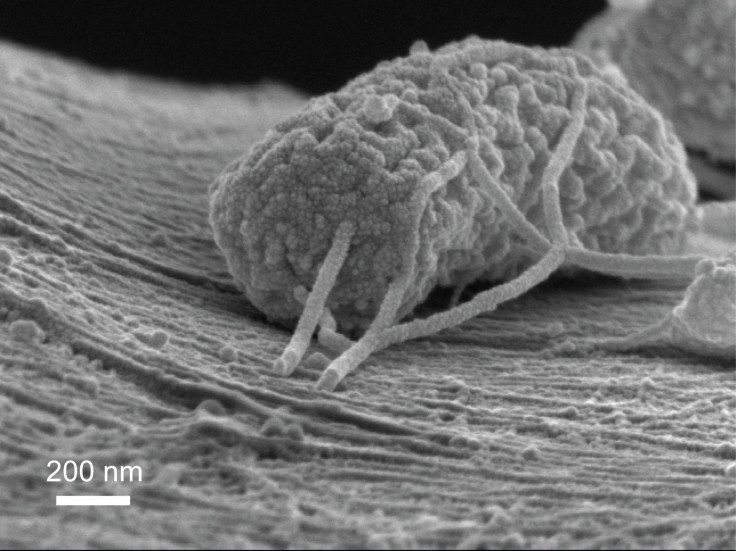How Sewage Can Help US Reduce Its Energy Costs: New Technology Finds Way To Reduce Costs For Waste Water Treatment Centers; Stanford University Study

Sewage is the last thing most people think about as a means to save energy coasts, but engineers at Stanford University have found a new way to generate electricity, by using microbes that digest plants and animal waste as mini power plants.
The microbial battery, as researchers call their invention, would be used at sewage treatment plants, where it would replace oxygen that is pumped into large pools of wastewater. Oxygen is a key component in the treatment of wastewater as it helps bacteria metabolize the solid waste in large water tanks, which then creates cellular energy, helping to treat the water.
Pumping oxygen into large pools of water at treatment facilities accounts for 3 percent of the total U.S. consumption of energy. The Stanford engineers' new microbe addresses that, as it does not need oxygen to metabolize the waste.
Exoelectrogenic microbes (aka microbial batteries) are organisms that evolved in airless environments and developed the ability to react to oxide minerals rather than oxygen to convert nutrients into biological fuel.
“Imagine if you didn’t have to pump air? You would save electricity because you are doing it in a different way,” Tom Abate, associate director of communications at Stanford University’s School of Engineering, said.
The microbial battery could even be used in dead zones of lakes or coastal waters where the amount of nitrogen and solid matter have depleted oxygen levels that have killed off marine life.
© Copyright IBTimes 2024. All rights reserved.












